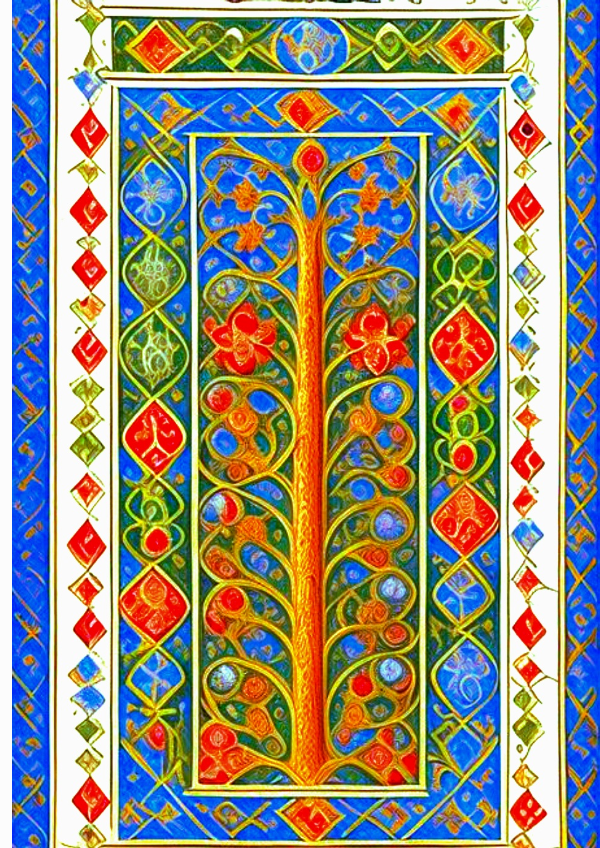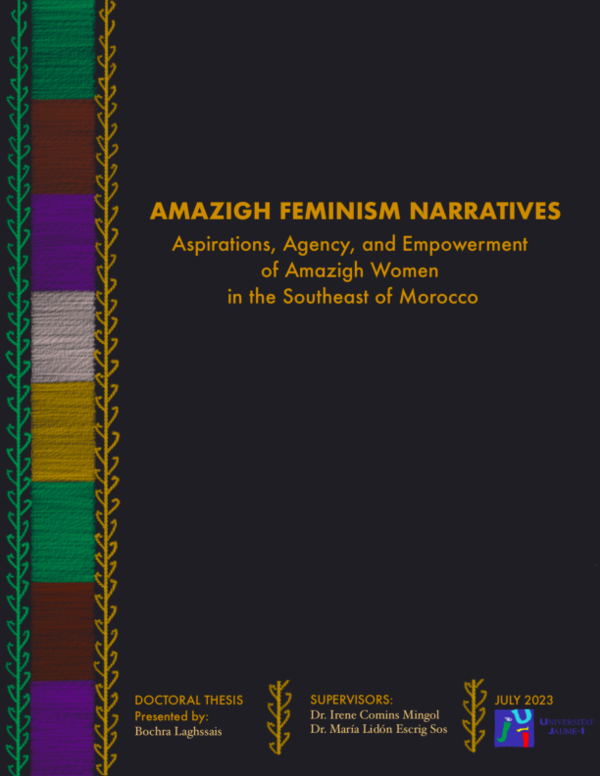- Published on
The Sacred Oral Traditions of Amazigh Storytellers
- Authors

- Name
- Adil ABBADI
Introduction
In the Atlas Mountains of Morocco, where the air is crisp and the landscapes are breathtaking, lies a rich cultural heritage that has been woven into the fabric of Amazigh society for centuries. The Amazigh people, also known as the Berbers, have a long history of oral storytelling, where tales of myth and legend are shared around campfires, in village squares, and within family gatherings. This sacred tradition has been passed down from generation to generation, preserving the history and identity of the Amazigh people.

- Cultural Context
- Traditional Significance
- Modern Relevance
- Cultural Preservation
- Conclusion
- Cultural Call-to-Action
Cultural Context
The Amazigh people have a long and storied history, dating back to the pre-Arabic era. They have lived in the Maghreb region, which includes Morocco, Algeria, Tunisia, and Libya, for thousands of years. Despite the influence of Arab and French colonization, the Amazigh people have managed to maintain their unique cultural identity, language, and traditions. Storytelling has played a vital role in preserving this cultural heritage, allowing the Amazigh people to pass down their history, myths, and legends from one generation to the next.
Traditional Significance
In Amazigh culture, storytelling is not just a form of entertainment but a sacred tradition that holds deep significance. Storytellers, known as "imesnam" in the Amazigh language, are revered for their ability to weave intricate tales that transport listeners to a world of myth and magic. These stories often revolve around the exploits of ancestors, mythical creatures, and legendary heroes, teaching important lessons about courage, honor, and community.

Traditional Amazigh storytelling sessions, known as "tajmilt," often take place in the evening, around a campfire or in a village square. The storyteller will recite the tale, using a combination of spoken word, song, and music, accompanied by traditional instruments such as the guembri or the oud. The audience will listen intently, often responding with cheers, applause, and even participation in the storytelling itself.
Modern Relevance
In modern times, the traditional art of Amazigh storytelling is facing challenges from urbanization, globalization, and the rise of digital media. However, many young Amazigh people are working to revitalize and adapt this sacred tradition to the modern world. They are using social media, podcasts, and video platforms to share their stories, reaching a wider audience and ensuring the continuation of their cultural heritage.
Cultural Preservation
Efforts to preserve and promote Amazigh storytelling are underway, with organizations and initiatives working to document, translate, and disseminate these oral traditions. The Amazigh Cultural Association, for example, has established a program to record and archive traditional stories, making them available to the public through digital platforms.

Conclusion
The sacred oral traditions of Amazigh storytellers are a testament to the rich cultural heritage of the Amazigh people. These stories have been passed down from generation to generation, preserving the history, myths, and legends of this ancient people. As we move forward in an increasingly globalized world, it is essential that we recognize and appreciate the importance of preserving cultural traditions, ensuring that the stories of the Amazigh people continue to inspire and captivate audiences for generations to come.
Cultural Call-to-Action
As we celebrate the beauty and diversity of Amazigh culture, let us also acknowledge the importance of preserving and promoting cultural heritage. Let us support initiatives that work to document, translate, and disseminate oral traditions, ensuring that the stories of the Amazigh people continue to thrive. By doing so, we can help to promote cross-cultural understanding, appreciation, and exchange, fostering a more inclusive and compassionate world.
